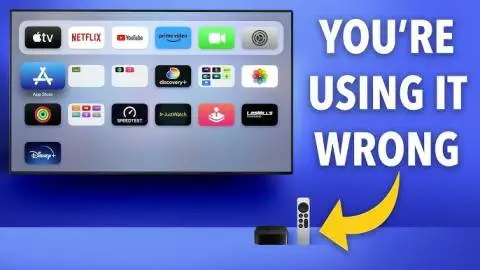
Connected Healthcare and Telemedicine: Vital Role of MDM
No doubt our healthcare system has evolved tremendously since olden times. Digital technology plays a vital role in modern-day healthcare operations. But, despite the advancements in healthcare technology, our primary tideway still remains vigilant and reactive. The present-day healthcare system operates by offering instant medical help and simplifying healthcare operations. With the surge in IoT devices that have improved connectivity in the healthcare domain, we are now progressing towards a increasingly preventive and proactive healthcare system.
The future of healthcare systems will focus on unfluctuating healthcare that involves remote patient monitoring, digital superintendency and instant wangle to hair-trigger medical data. Mobile Device Management (MDM) solutions for Healthcare are vital tools to create a synthetic unfluctuating healthcare system.

What is Unfluctuating Healthcare?
Connected Healthcare is when healthcare technology and telecommunications merge to enable remote medical assistance and deeper data analytics. Unfluctuating healthcare is a result of rapid digitalization and defines the future of the healthcare sector. With this, medical professionals, caregivers, dentists, patients and their family members can all have wangle to hair-trigger information. It helps the healthcare industry to move past the traditional methods and embrace newer trends like telemedince, m-health and telemedicine.
What Are the Benefits of Unfluctuating Healthcare?
The main objective of unfluctuating healthcare is to modernize patient wits and help healthcare professionals to modernize their agility and remote management. Let’s squint at some of the benefits of unfluctuating healthcare.
1. Largest Use of Medical Data
Hospitals and healthcare facilities are often overwhelmed with large-scale transmission data recording and processes. Unfluctuating healthcare helps generate much increasingly relevant data, without the need for professionals to manually unriddle the data. With this, the medical data can be put to largest use to predict illnesses and treat patients. Healthcare institutes can use this data largest to create databases and repositories for doctors to fall when on. Patient history, rare medical diseases and treatments can all be at the healthcare professionals’ fingertips.
2. Increasingly Precision
Connected healthcare relies on a network of interconnected digital devices or telemedicine devices. Patient monitoring, recording and analytics all happen electronically without human intervention. This negates the transmission error to a considerable extent. The medical data generated from various devices are increasingly well-judged and resulting compared to transmission data entries.
3. Predictive Analysis
Connected healthcare demands a large-scale implementation of various digital devices in the healthcare system. Remote patient monitoring devices or telemedicine devices, wearable technology and information provided by the patients all sum up to a large volume of data. This real-time data can help medical professionals to track patient vitals in real-time and assess risk factors. It can help in the early diagnosis of medical conditions and enable healthcare professionals to initiate preventive health measures.
4. Reduced Site Visits
With the implementation of mobile technology, remote patient monitoring and online consultations are a reality. Doctors no increasingly need to be physically present on-site to provide medical consultations. Hospitals can seek medical consultations from professionals worldwide. Patients too can connect with their physicians from anywhere.
5. Improved Patient Experience
One of the greatest advantages of unfluctuating healthcare is improved patient management. Patients can seek medical help from their homes, offices or anywhere without standing in long queues. Patients and their family members can moreover obtain electronic medical reports and typesetting online consultations.
Roadblocks to Unfluctuating Healthcare
Although unfluctuating healthcare seems to be the perfect upgrade to the present-day healthcare management system, implementing it comes at the forfeit of some challenges. The healthcare industry should be enlightened of the pursuit roadblocks surpassing they plan to switch gears from traditional to unfluctuating healthcare.
1. Cybersecurity and Data Privacy
The unfluctuating healthcare system relies heavily on IoT devices. The use of the internet and IoT devices is not completely safe. Accessing and exchanging data from IoT devices can requite rise to serious patient data privacy concerns. With the rising number of hackers and cyber threats in the world, the healthcare industry has to consider the security risks in implementing unfluctuating devices. There are several data privacy regulations virtually the world such as GDPR, HIPAA, etc. which may have serious legal consequences on your organization for violations.
Read more: The Role of Mobile Device Management in Compliance
2. Secure Mart of Patient Information
Connected healthcare helps the healthcare industry generate and unriddle heaps of medical data. This data can be relayed when and along between medical teams, healthcare professionals and patients to simplify operations. However, considering the sensitivity of the patient data, the healthcare industry must ensure a secure mart of this data. Unless patients are unpreventable of the confidentiality of their data, they may not want to mart their reports and records remotely.
3. Managing Multitudes of Telemedicine Devices
To prefer a digital healthcare environment, hospitals and healthcare facilities are required to implement multitudes of diverse devices. From telemedicine devices to self-help kiosks and moreover digital devices provided to on-site staff. Managing hundreds and thousands of devices is a tedious task. It is important for the healthcare industry to ensure that digital devices are used to modernize productivity, and not for entertainment purposes. Securing and managing multitudes of devices can slosh hours of legalistic effort.
Role of Scalefusion MDM in Shaping the Unfluctuating Healthcare System
To make the most of the unfluctuating healthcare system, it is important for healthcare organizations to implement strategies to tackle the challenges. All the supra challenges can be resolved by implementing MDM solutions for healthcare.

Scalefusion is an MDM that offers wide-stretching device and endpoint management features for the healthcare industry to optimize their remote operations and unhook a secure unfluctuating healthcare experience.
Let’s understand how Scalefusion MDM helps the healthcare industry embrace the unfluctuating healthcare system:
1. Cross-Platform Compatibility
Scalefusion MDM offers healthcare organizations a unified platform to secure, manage and monitor their diverse devices. Be it commercial devices like smartphones, tablets, laptops provided to the healthcare professional, or tailor-made medical devices such as digital kiosks, patient monitors, etc. you can manage them all with a single software. Scalefusion supports Android, iOS, macOS and Windows 10 management. So your organization can deploy versatile devices for various merchantry needs, and invest in just one solution to secure and manage them.
2. Data Security
Since unfluctuating healthcare amplifies the value of medical data generated and considering patient-data privacy is of utmost importance, Scalefusion offers wide-stretching data security features. You can configure data encryption policies, protect your digital devices with strong passcodes, push VPN configurations on your digital devices and much increasingly straight from the dashboard. In specimen of loss or theft of your digital devices containing sensitive patient information, Scalefusion lets you remotely wipe off the data.
3. Deploying Custom Devices
Purchasing custom medical equipment such as defended patient monitoring devices can incur huge financing for hospitals. Scalefusion lets you turn your commercial tablets into custom kiosks. Healthcare organizations can lock their tablets into a single app using Scalefusion’s single app Kiosk mode. With this, commercial tablets can be locked into a single patient management app, heart rate monitoring app and much increasingly to obtain special defended devices.
4. Secure Information Sharing
Medical staff can share hair-trigger patient information and medical records securely with Scalefusion. You can push patient specimen files, health reports, diagnostics data and much increasingly in various formats. This helps healthcare professionals prefer the paperless tideway and quit handling unwieldy files.
5. Monitored Usage of Digital Devices
Connected healthcare depends on connectivity delivered by digital devices. This emphasizes the need to alimony all the deployed devices secure and well-functioning. Scalefusion helps IT administrators of hospitals and healthcare facilities to monitor various device vitals and ensure that all the deployed devices are in the weightier health. You can track the activity logs and usage patterns and plane configure compliance alerts for your staff.
Closing Lines
The future of healthcare inclines towards improved patient superintendency and simplified healthcare operations. Adopting newer technologies to modernize collaboration, automate time-consuming processes and make hair-trigger information wieldy is the key. Scalefusion MDM helps the healthcare industry prefer digital technology confidently and manage them effortlessly.


.webp)

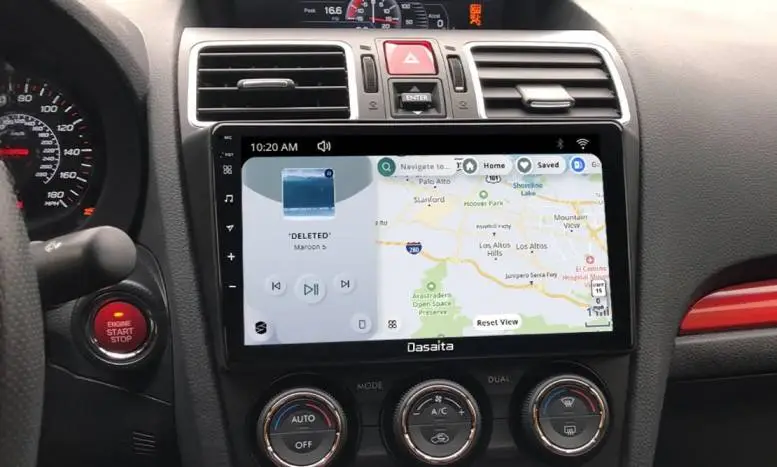
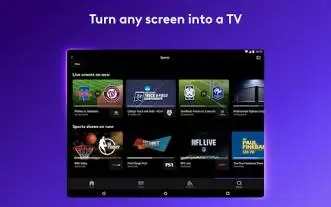
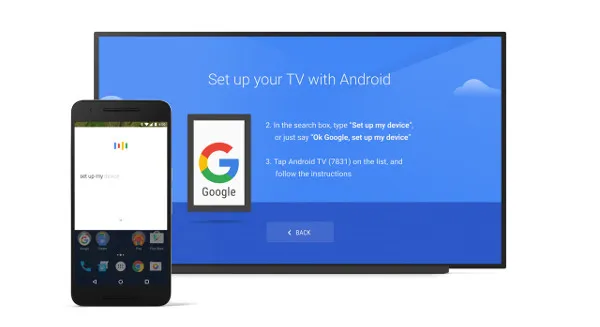
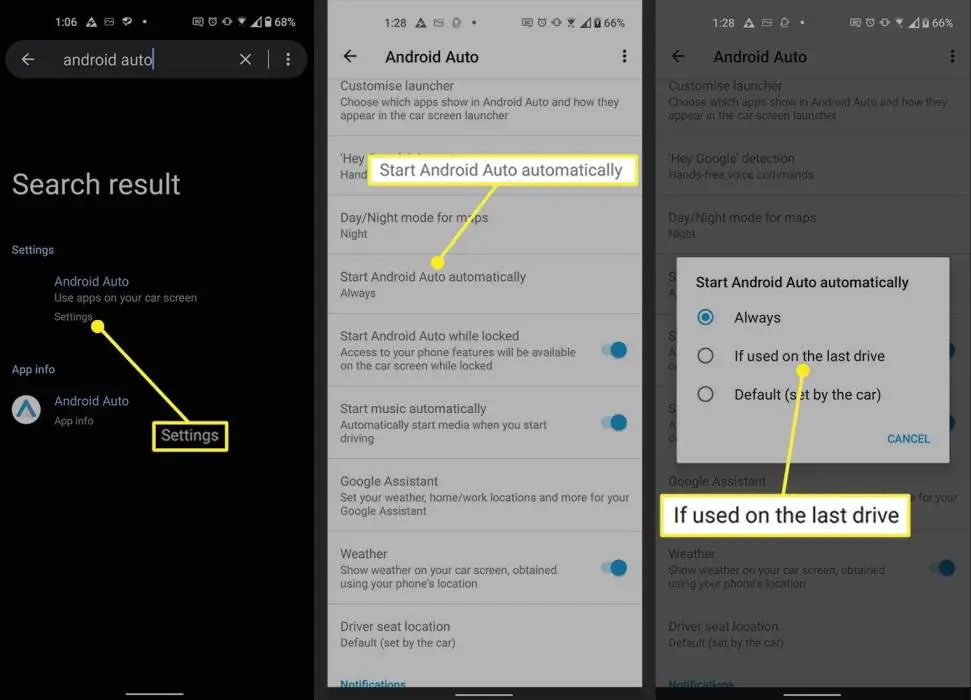
![How I Ditched Google Photos and Took My Backups Back [Video]](/featured/2024/07/ditched-Google-Photos.webp)
